Since 1974, Berlin’s Tegel ‘Otto Lilienthal’ airport has existed as we know (and love) it. Now, with the long-awaited opening of Berlin Brandenburg Airport (BER), Tegel’s exceptional history comes to an end. TXL helped shape West Berlin’s identity and is held in great affection to this day.
In 12 photos, we tell the story of Germany’s fourth largest airport — until it ceased operations in November 2020. We love you, Tegel! We don’t really know why, we just do.
Tegel history: Opening in autumn 1974
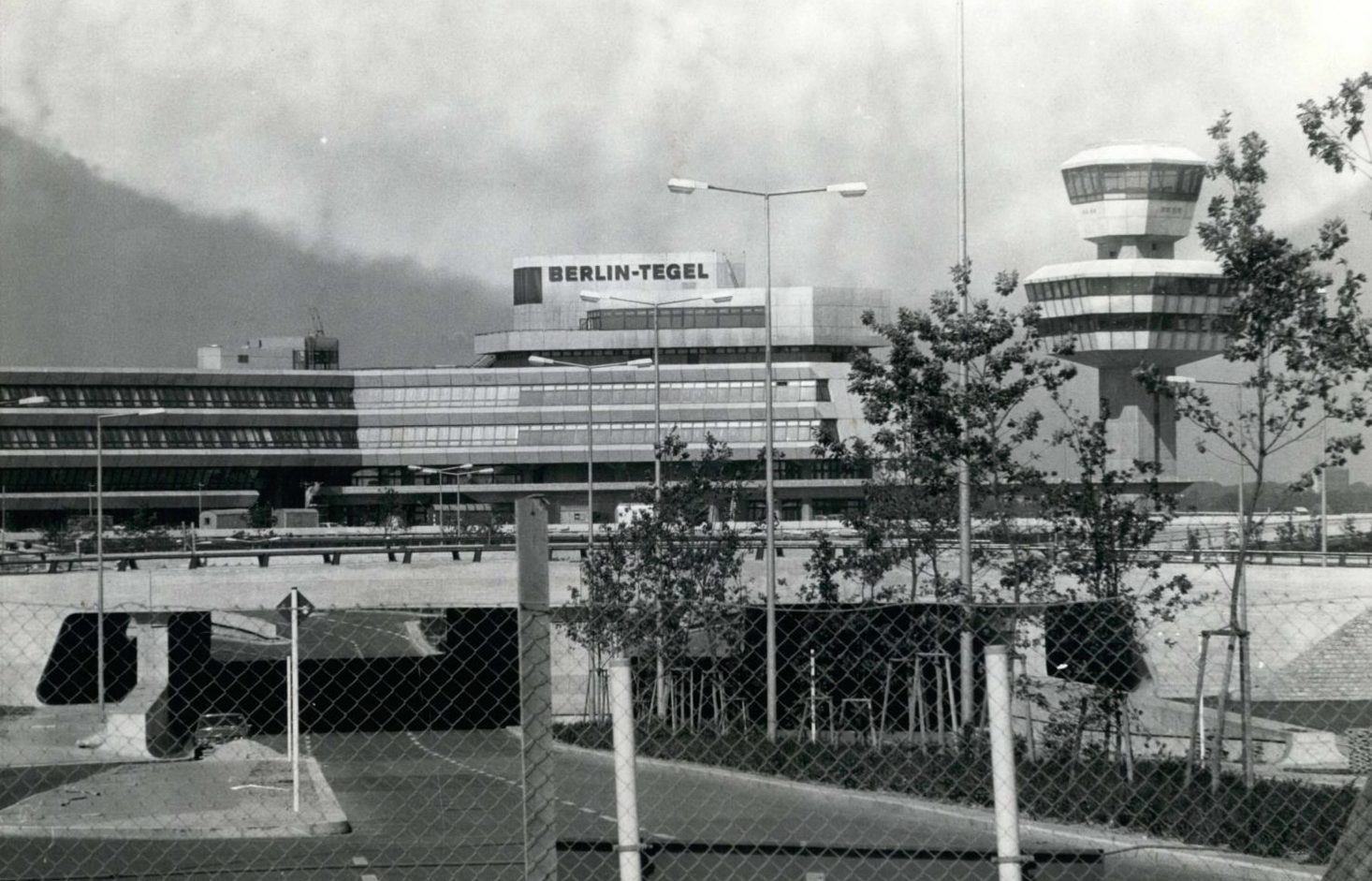
First a Prussian hunting ground, next a military airship training zone, then a rocket firing range in the 1930s. The site in the north of Berlin had many different uses.
During the 1948 Berlin Airlift, a runway was built in just a few weeks on which military cargo planes could land. After the Wall went up and civil air traffic increased at the same time, it became clear that Tempelhof Airport was not sufficient for West Berlin. From 1960 onwards, an Air France aircraft operated regularly between Paris and Tegel. This was the beginning of Tegel Airport’s history.
Charter companies, in particular, moved from Tempelhof to the new location, and work on the new buildings began in 1965. The topping-out ceremony took place in 1972, and the new facilities were officially opened on October 23rd, 1974.
The spirit of the 1970s
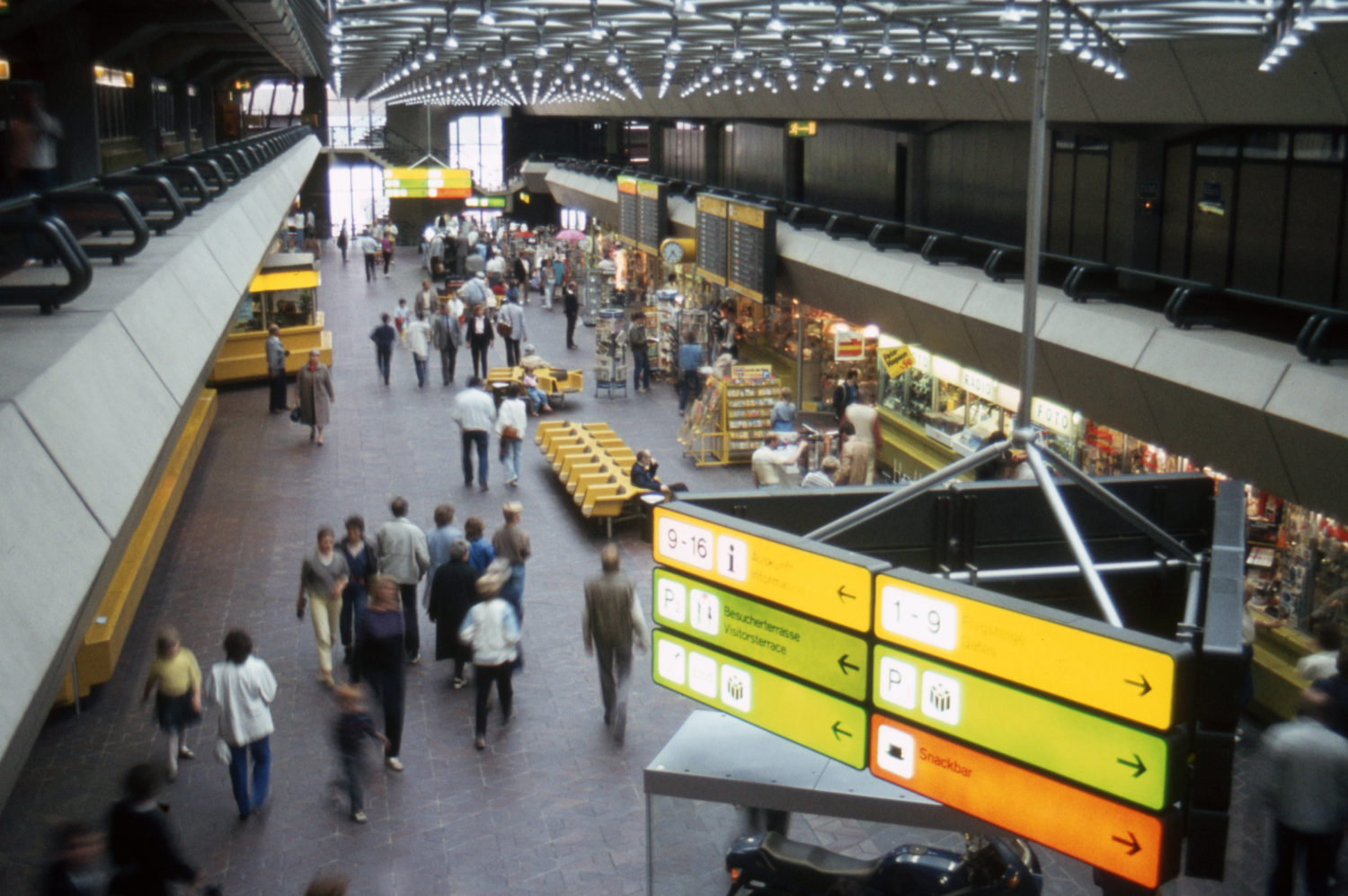
The airport was designed by architectural firm Gerkan, Marg and Partner (gmp). The firm, which now operates worldwide, was still largely unknown in the early 1970s and drew significant attention with the project.
The airport impressed with its modern functionality, short distances from check-in to aircraft, and an overall successful infrastructure. With its streamlined forms, colourful guidance system and bulky tower, Tegel Airport also typifies the playful, futuristic West Berlin architecture of the 1970s, of which the ICC, the Bier Pinsel in Steglitz and the vibrant underground stations of the U7 are good examples.
The Concorde era
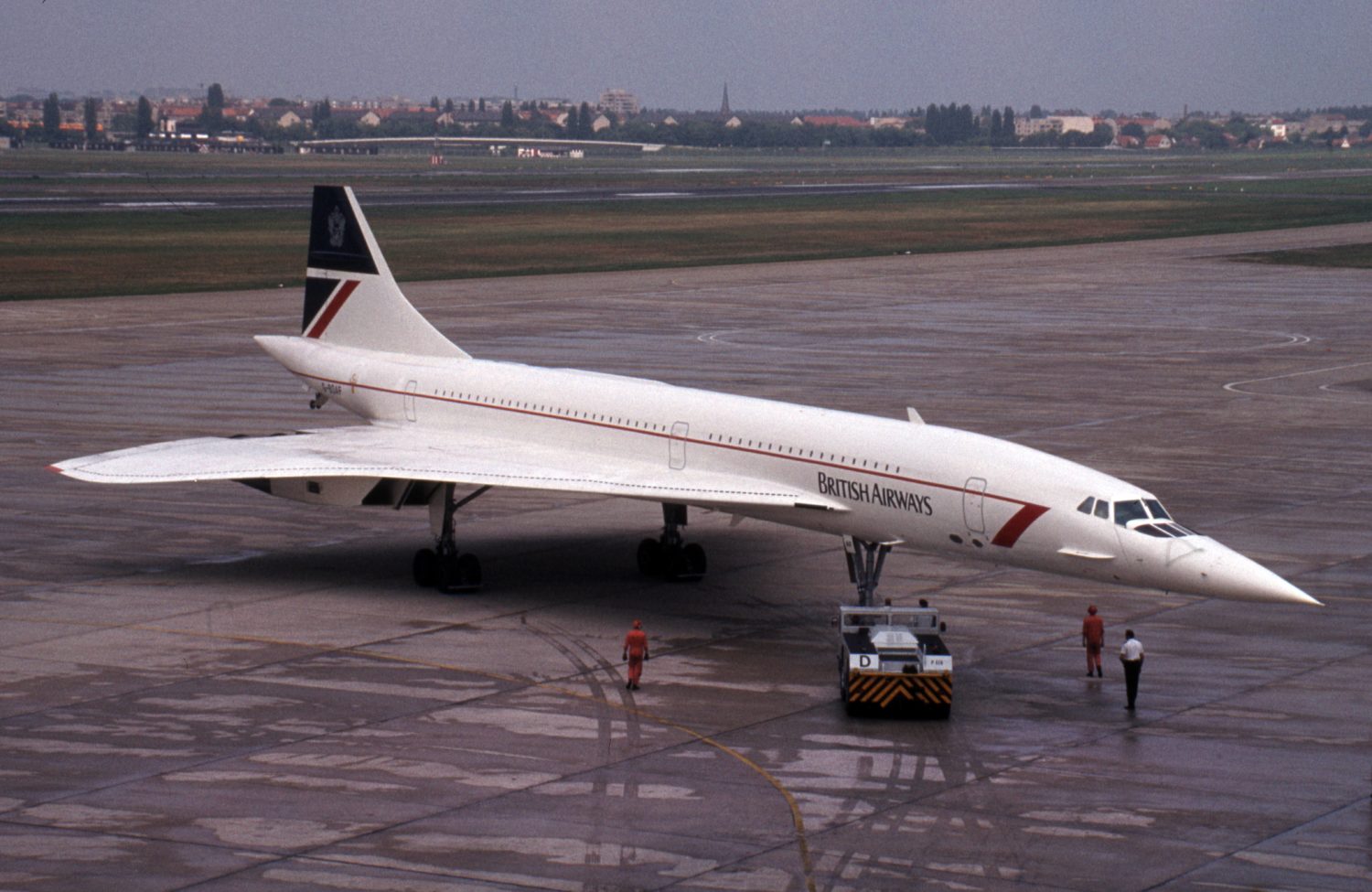
In the 1970s, air travel was not yet considered an environmental sin — rather an expression of a modern jet-set lifestyle. Concorde, the supersonic aircraft with which one could jet to New York in a few hours, stood for this like no other means of transport.
In those days, the airport developed rapidly and soon outpaced Tempelhof Airport in terms of passenger numbers.
Hustle and bustle in the 1980s
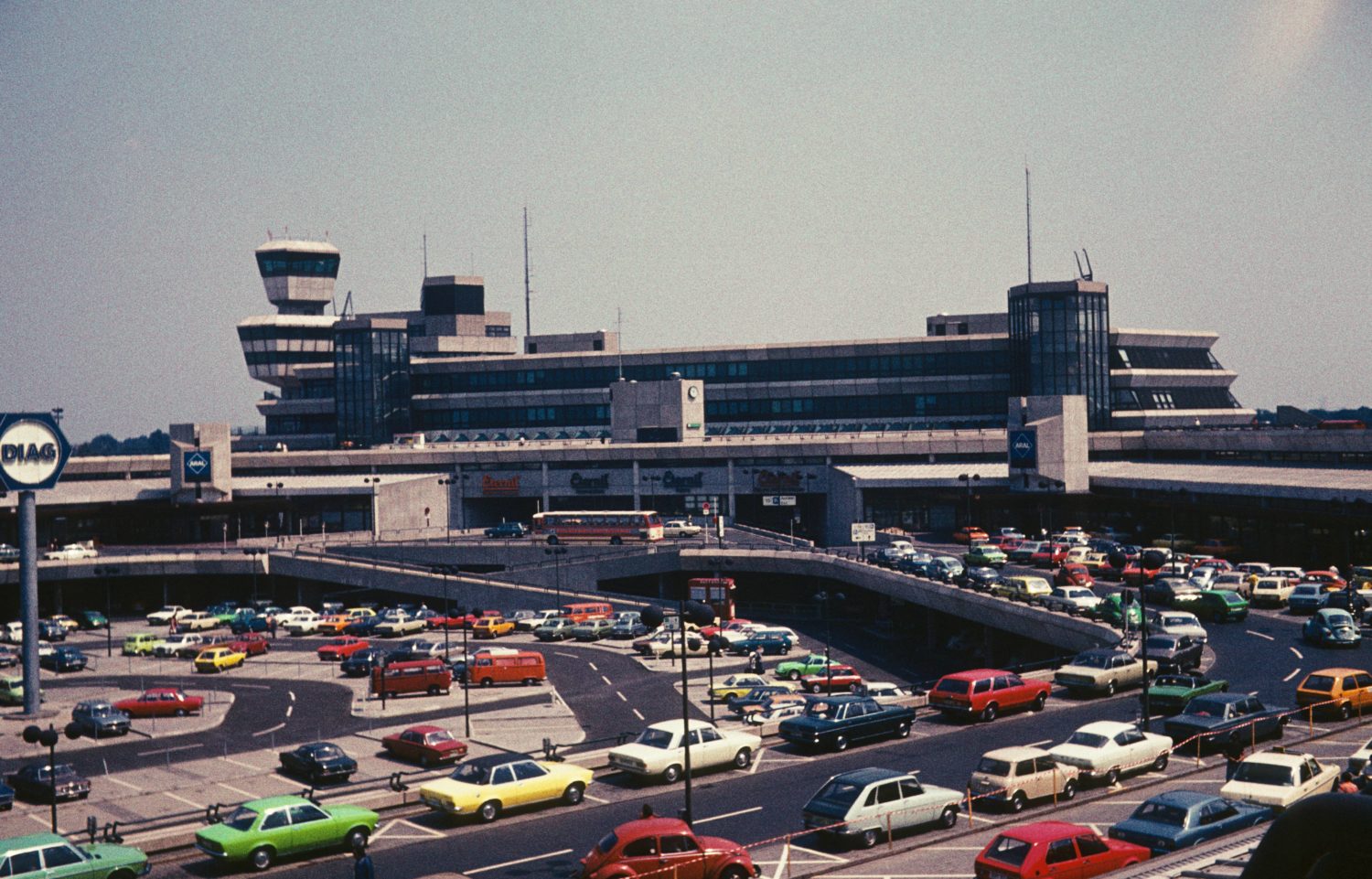
In the 1980s, the airport was bursting at the seams. The Senate planned an expansion, new terminals and an underground train connection. Some projects were delayed, deemed too costly or stalled for political reasons. Traffic jams leading up to the airport and long journeys to the terminals were not uncommon.
The big, wide world
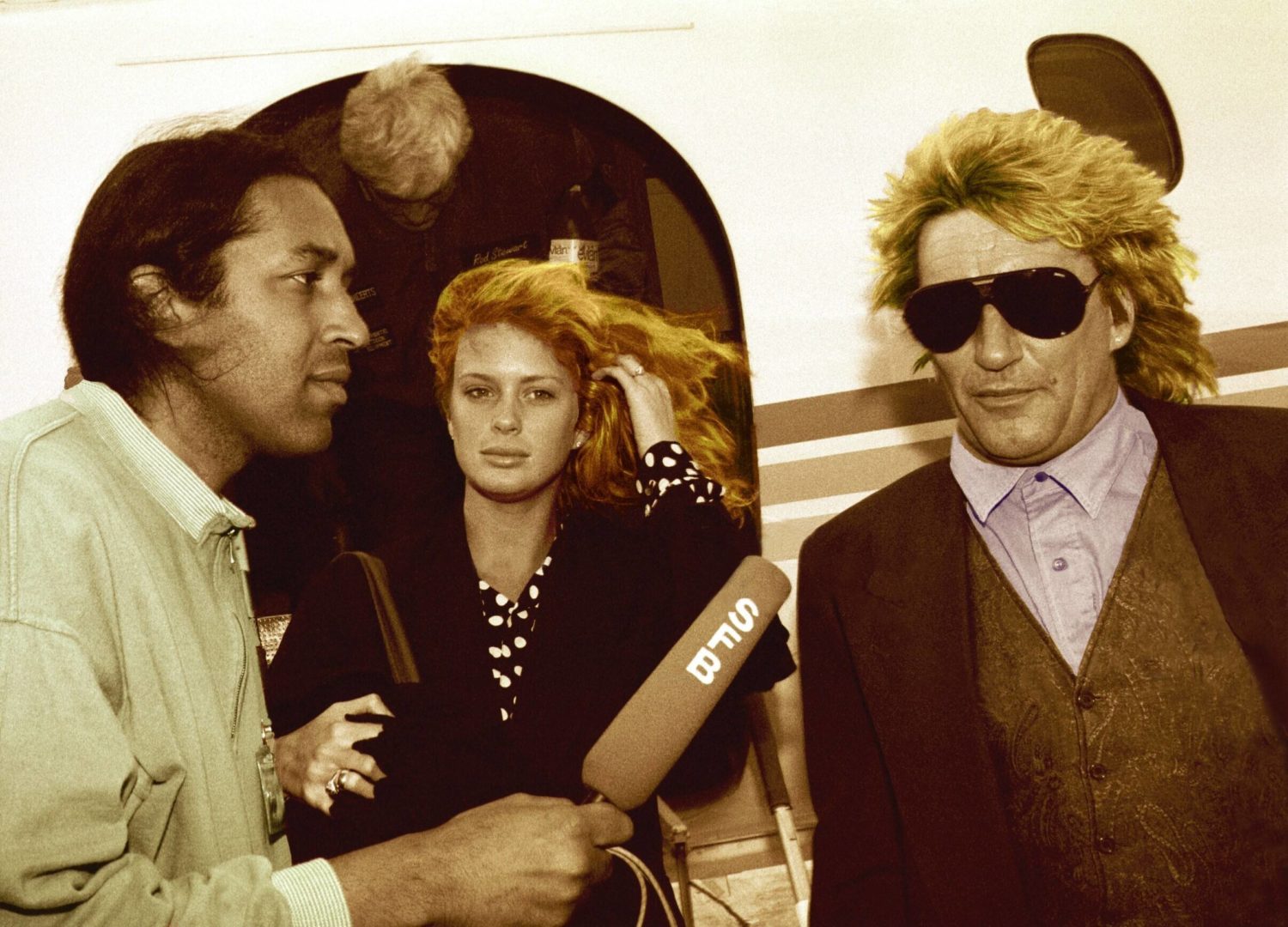
Until the fall of the Wall, West Berlin was subject to special rules — German airlines were not allowed to fly to the city, which was under Allied administration. This changed at the end of 1990, and, since then, Lufthansa and Co. have also landed in Tegel.
Berlin was slowly becoming a cosmopolitan city again. And Tegel has always attracted stars. At the same time, shortly after reunification, urban planners realised that the German capital needed a larger airport — the idea for BER was hatched.
Tegel history: Air traffic protests
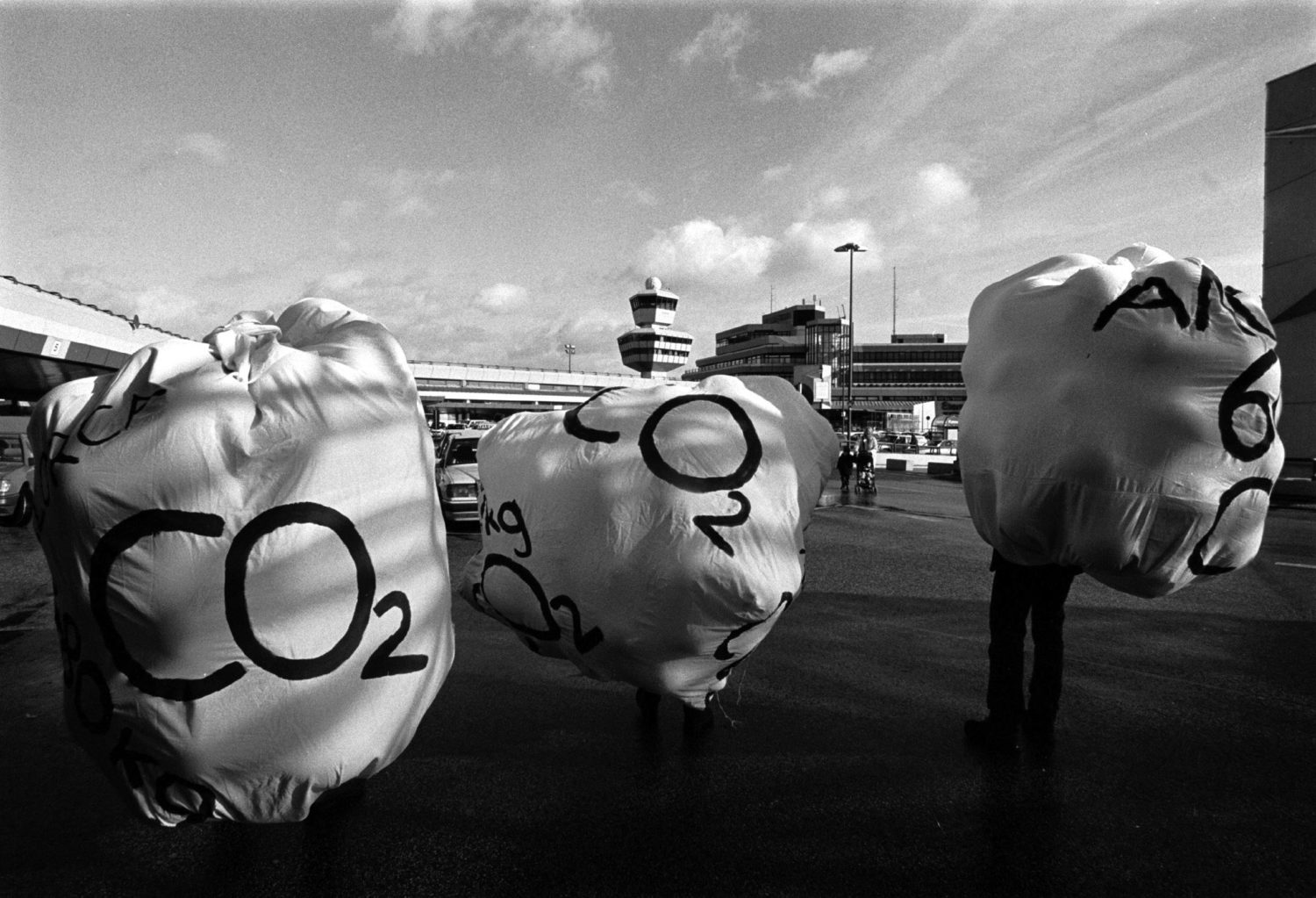
Anyone who thinks that climate protests are the invention of Fridays for Future and Greta Thunberg is mistaken. As early as 1998, Robin Wood activists protested outside Tegel Airport against increasing air traffic at the expense of the environment. Here, their backpacks show that every air passenger brings a sack full of CO2 as additional luggage on every trip.
Gateway to the world: Kurt-Schumacher-Platz
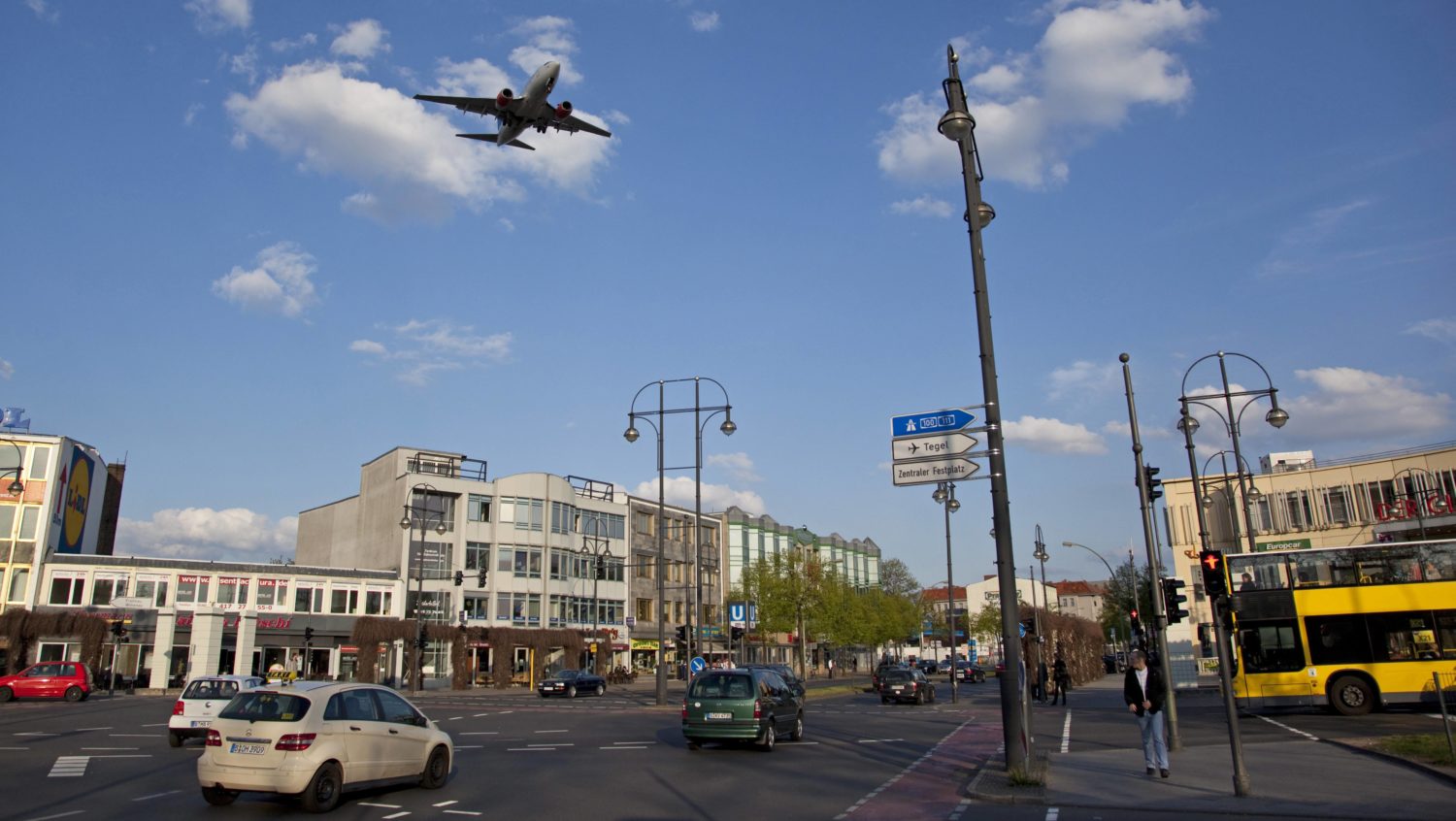
Until 2008 — despite the fact it was still possible to fly from Tempelhof, and that the number of passengers travelling through Schönefeld increased due to the boom of low-cost airlines such as easyJet — Tegel remained the city’s most important airport. Nevertheless, getting there was always a problem due to the lack of underground connections.
The BVG used several buses to reach the airport from Hauptbahnhof, the west of the city and Kurt-Schumacher Platz. For many Berliners who didn’t live in Reinickendorf, the trip to the airport was a rare opportunity to visit the square.
Currywurst on the S-Bahn
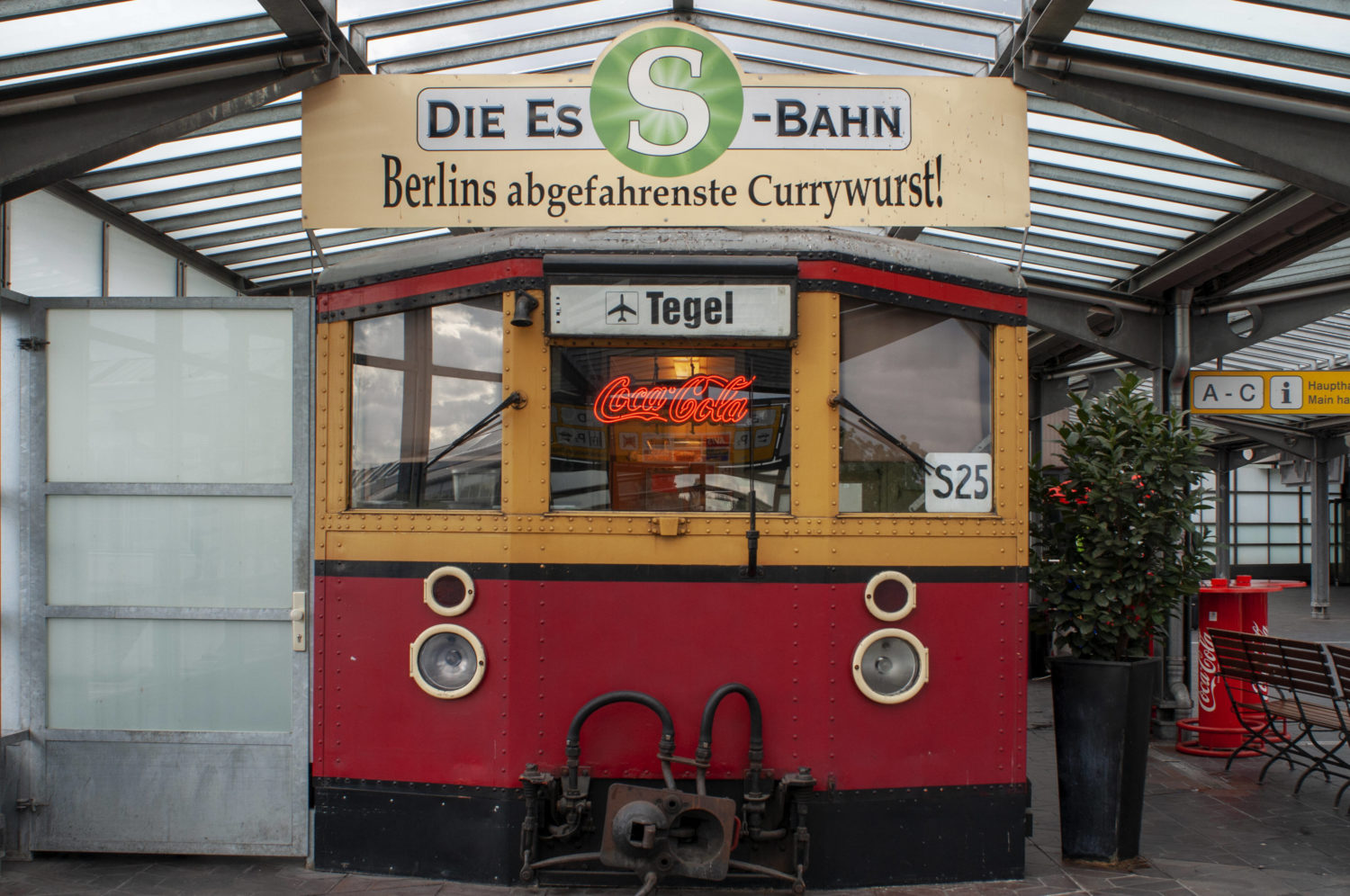
Welcome to Berlin! Tourists who wanted to start or end their visit to Berlin with a Currywurst could purchase this spicy speciality on the ‘EsS-Bahn’. In the snack bar at Tegel Airport — installed in a literal old S-Bahn car — they could enjoy ‘Berlin’s whackiest Currywurst’.
Tegel history: The new Terminal C
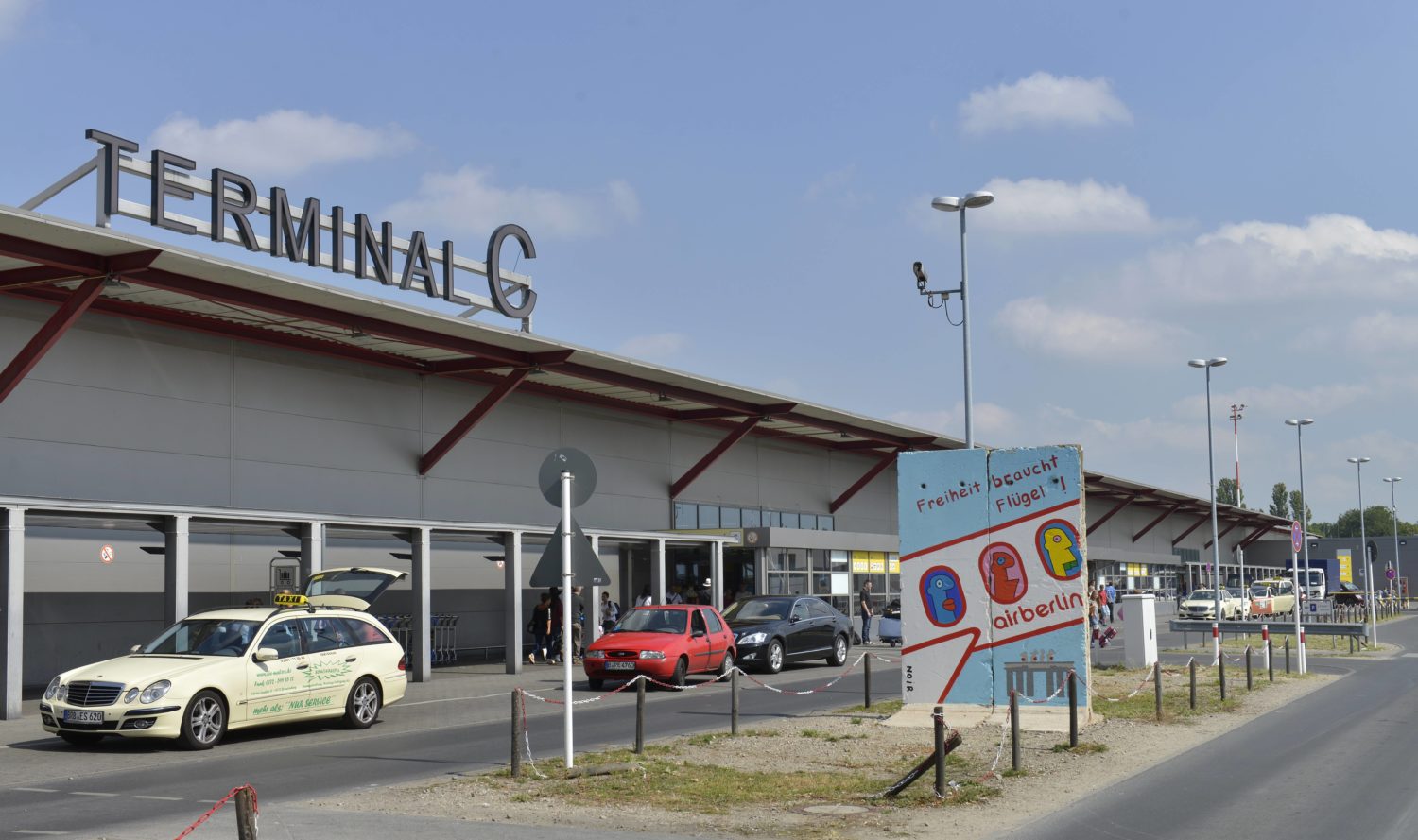
Although the eventual closure of Tegel Airport was decided early on, this date was always tied to the opening of BER. Originally, the new major airport was scheduled to open in 2012 — which would have meant the end of Tegel that year. The BER debacle is well known and the continued operation of Tegel was the consequence.
At the same time, air traffic increased on a huge scale. Ryanair and easyJet revolutionised the industry, people flew across Europe for a handful of euros, and Tegel also reacted to the increase in passenger numbers. With Terminal C, newly opened in 2007, a further 2.5 million passengers were handled annually. Initially, the new terminal was mainly used by Air Berlin, but following the airline’s insolvency, it became the base of easyJet.
Twilight years and referendum
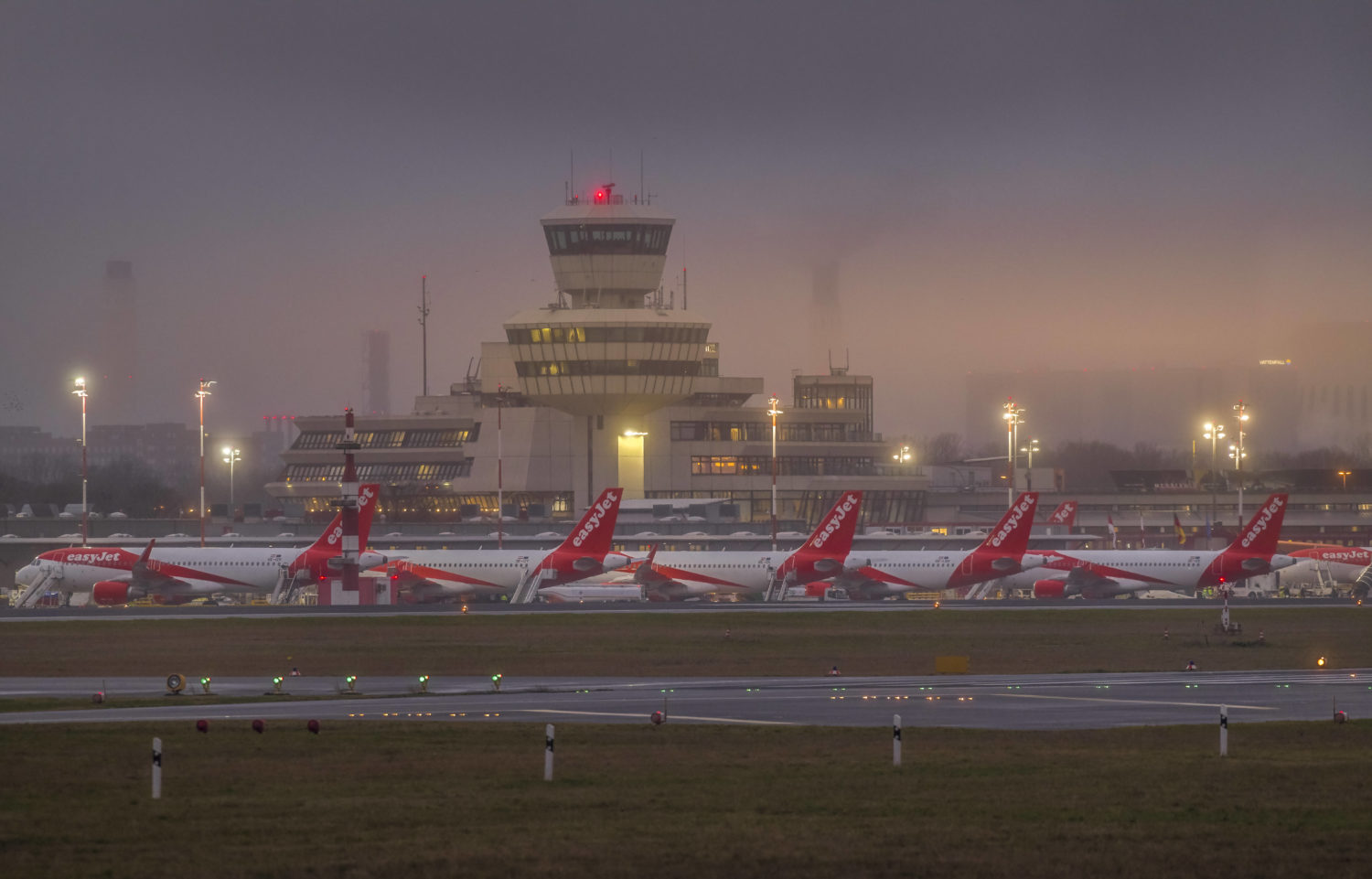
From 2012 onwards, Tegel history continued — contrary to expectations. In fact, passenger numbers rose to over 20 million a year. Despite the considerable need for redevelopment, which was not addressed due to the planned closure, Tegel was bursting at the seams and running at full capacity.
Throughout the course of the BER fiasco, voices were repeatedly raised to keep Tegel as an airport. The Berlin FDP pushed forward and supported the ‘Pro Tegel e.V.’ initiative, which called for a ‘referendum on the continued operation of Berlin Tegel Airport’.
Parallel to the 2017 federal elections, Berliners were able to decide on the future of Tegel. 56.1 percent of participants were in favour of continuing operations, but the decision was not legally binding.
Corona in Tegel
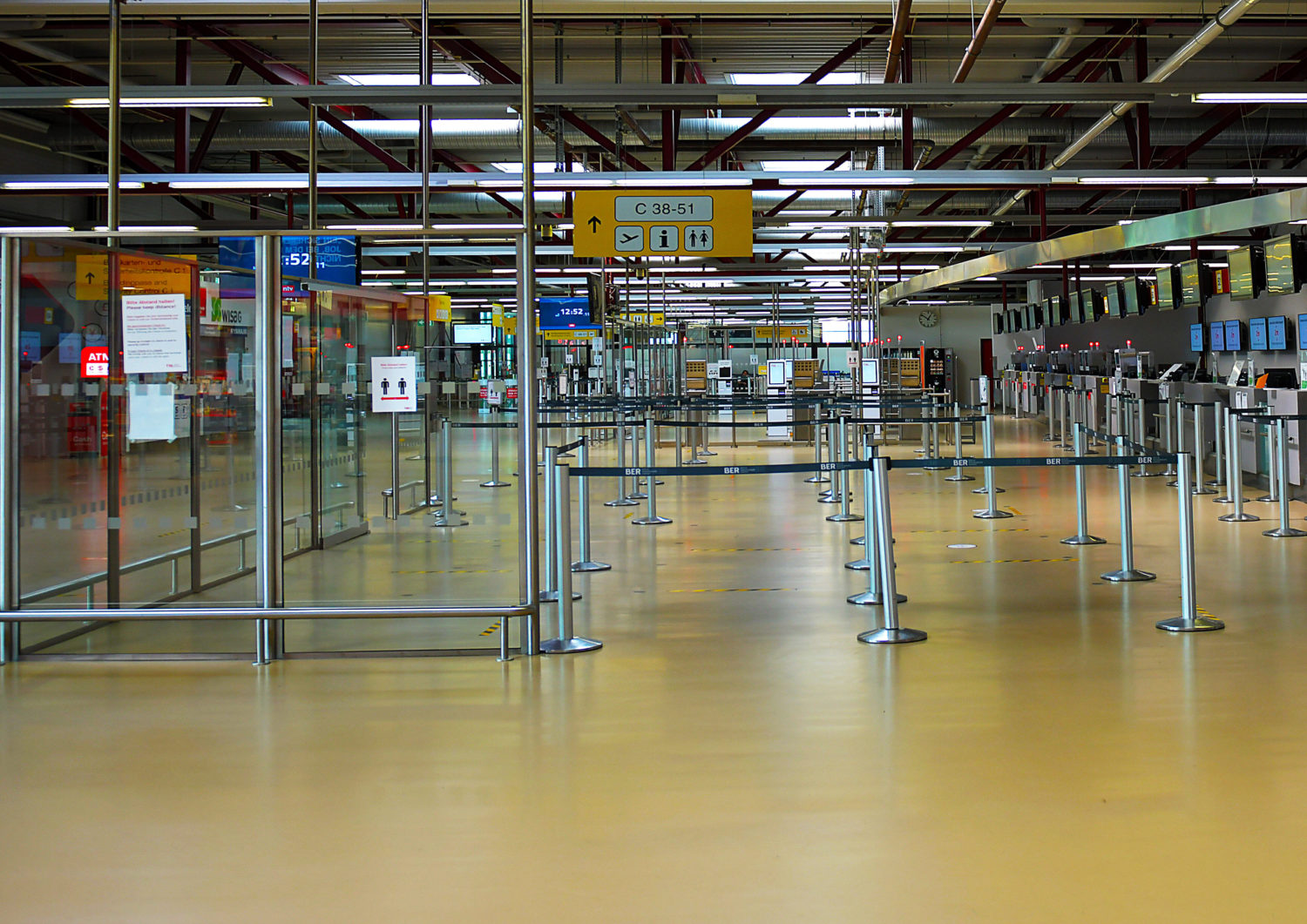
Tegel remained in operation long enough to be affected by the coronavirus pandemic. From the end of March 2020, worldwide air traffic collapsed. During the first lockdown in spring, no more than ten flights a day took off from the airport. For a brief time, the final closure was on the cards during the summer. This didn’t happen — Tegel kept plodding along, serving the upswing in demand during the summer holidays.
Danke TXL!
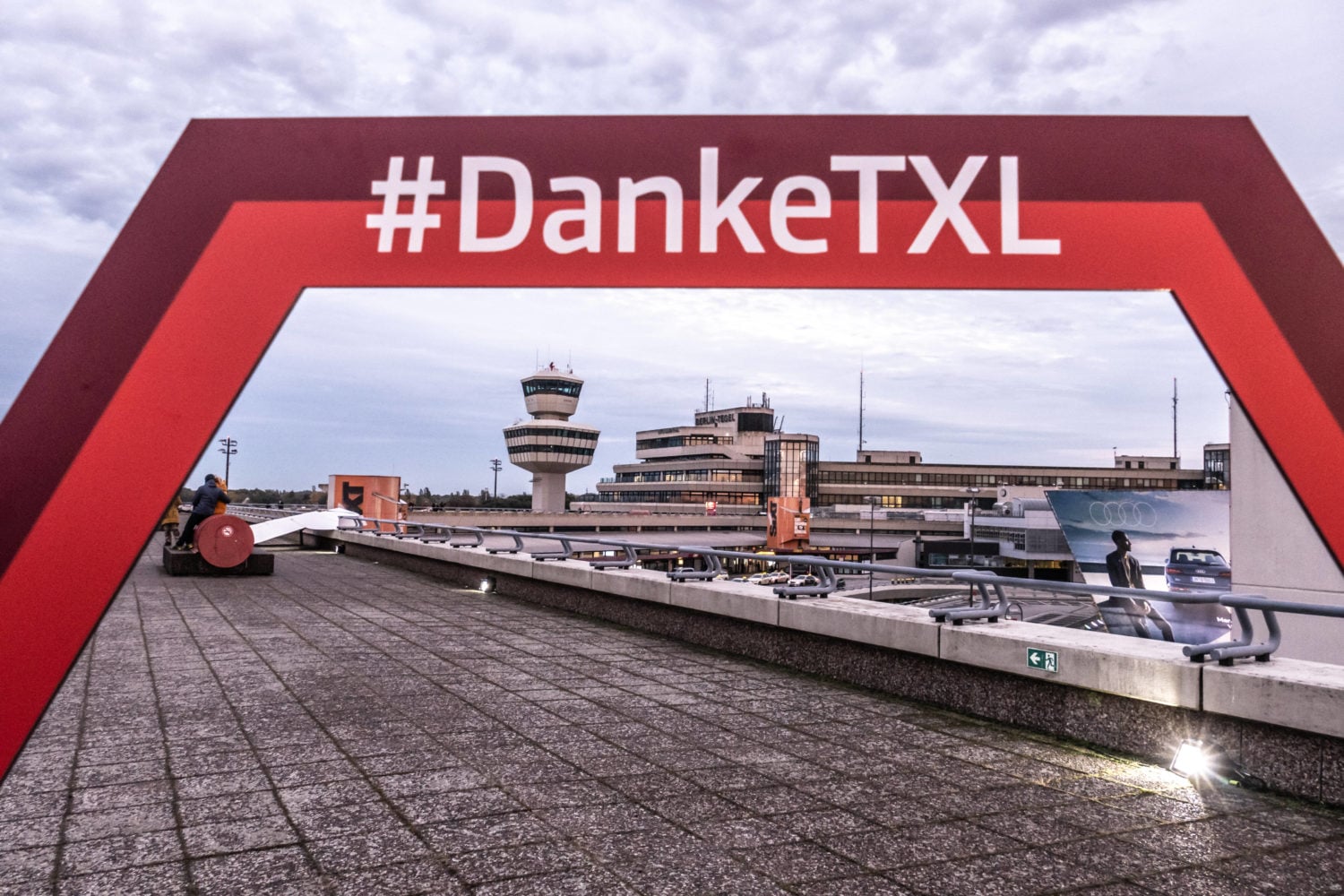
TXL belonged to Berlin for nearly half a century. Berliners adjusted to the cumbersome journey and the retro architecture, and were happy with the manageable, almost provincial character of the airport — always far more serene than its counterparts in Frankfurt, Paris or London.
There are certainly good reasons to say goodbye now. And TXL will be greatly missed. But if Tempelhof Airport can become such an integral part of everyday life after its decommissioning, so can Tegel.
The next chapter in Tegel history? A new city quarter, with space for companies, research institutes and more than 10,000 flats, according to plans. Not so bad after all.
Original article by Jacek Slaski
Despite its popularity, Tegel is arguably one of Berlin’s ugliest buildings — here are 12 more.



